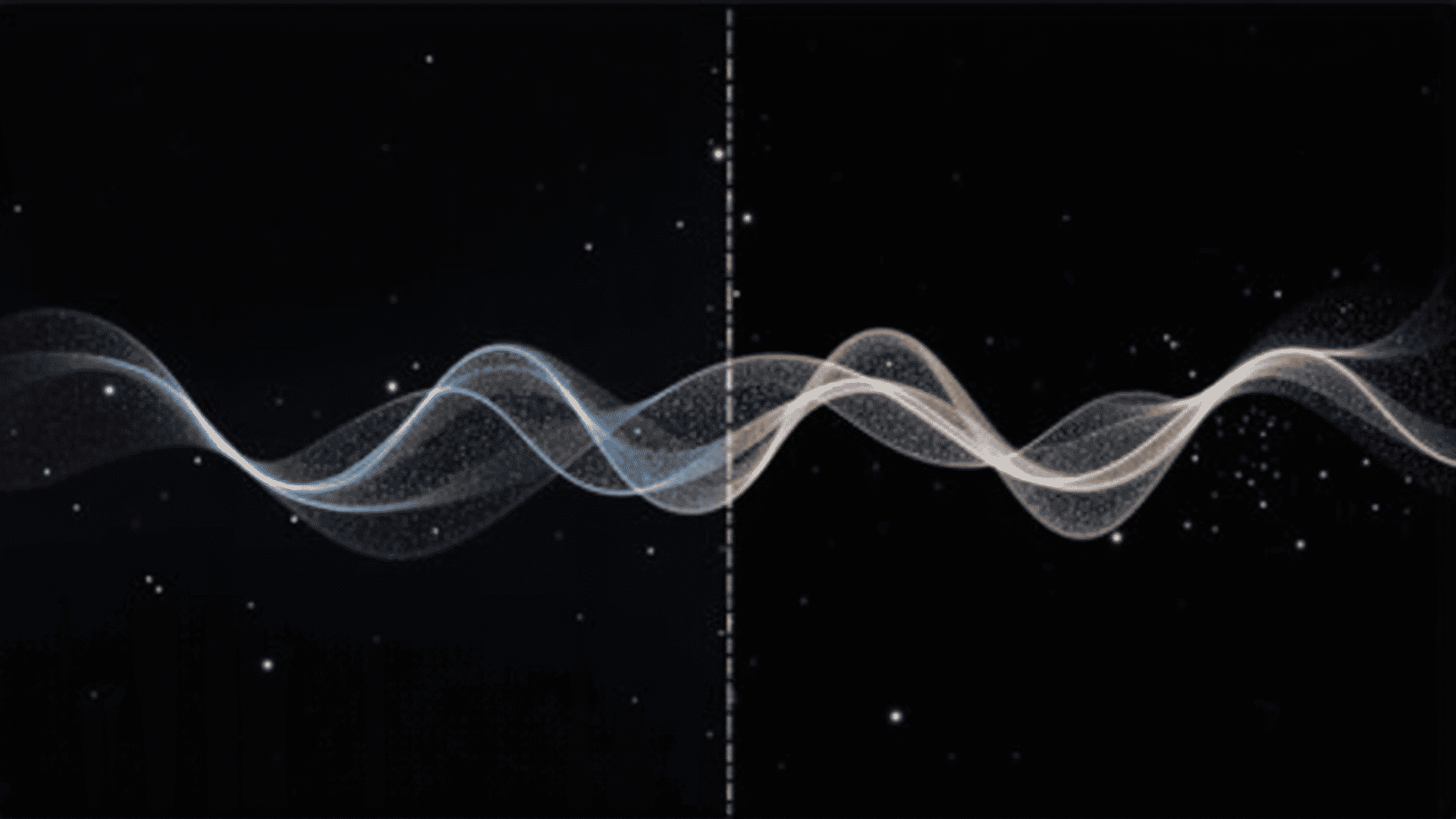The concept of wave-particle duality offers a fascinating glimpse into the enigmatic behavior of light, challenging our understanding of the natural world. In the realm of quantum mechanics, light defies conventional categories, exhibiting characteristics of both waves and particles, a duality that has captivated scientists for generations.
Historically, the nature of light sparked significant debate. In the 17th century, Isaac Newton proposed that light consisted of tiny particles, primarily to explain how it traveled in straight lines and cast distinct shadows. Around the same time, Christiaan Huygens offered an alternative view, suggesting that light behaved as a wave, akin to ripples on a pond. The crux of this debate was settled, or rather evolved, with the advent of quantum theory.
The wave-like features of light become evident through phenomena such as interference and diffraction. These processes occur when light passes through a slit or around an obstacle, resulting in patterns that can only be explained by considering light as a wave. Thomas Young’s double-slit experiment in 1801 vividly demonstrated this behavior, where light passing through two closely spaced slits produced an interference pattern of light and dark bands on a screen, confirming its wave-like nature.
Yet, the plot thickens with the emergence of experiments highlighting light's particle aspects. Albert Einstein's explanation of the photoelectric effect in 1905 illustrated that light also behaves as if it's made of discrete packets of energy, or quanta, known as photons. When light strikes a metal surface, it ejects electrons, a phenomenon that could only be explained if light had particle-like qualities, delivering energy in quantized amounts rather than as a continuous wave.
This duality extends beyond light, encompassing matter at quantum scales. Electrons and other subatomic particles exhibit similar dual characteristics, blurring the lines between waves and particles. Such behavior is encapsulated by the principle of complementarity, introduced by Niels Bohr, which posits that wave and particle descriptions are complementary perspectives that provide a more complete picture when considered together.
Wave-particle duality is not just an abstract concept but a cornerstone of modern physics, influencing technologies like lasers and quantum computing. It emphasizes the necessity of adopting new paradigms when exploring the quantum realm, where intuition based on classical experiences often falls short.
In embracing the dual nature of light, scientists enter a domain where certainty gives way to probability, and classical distinctions dissolve. This journey into quantum mechanics spurs innovation and deepens our understanding of the universe, challenging us to redefine reality in the subatomic world. The dual nature of light remains a testament to the intricate and mysterious fabric of nature, continually revealing the complexity and beauty of the cosmos.
